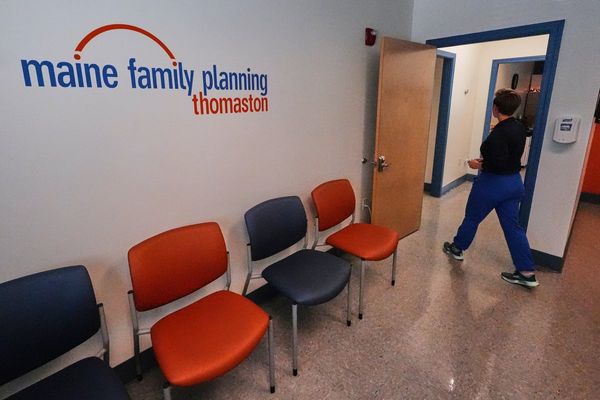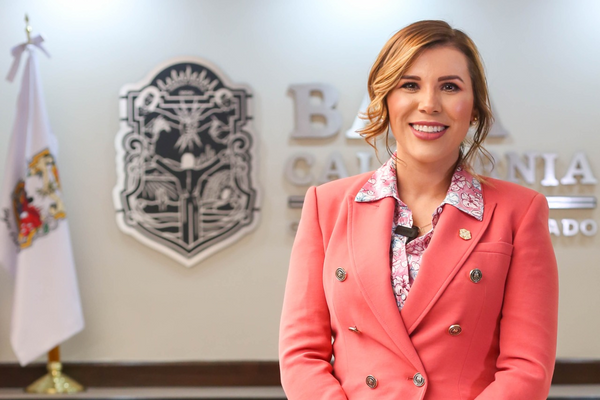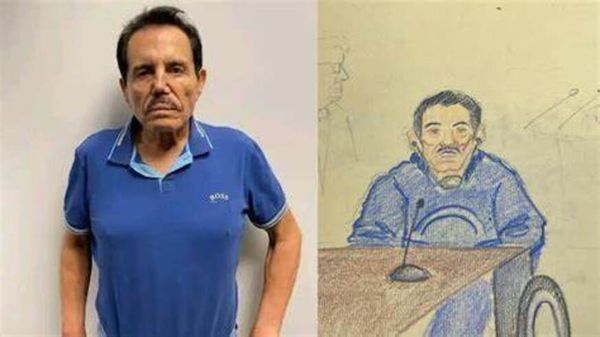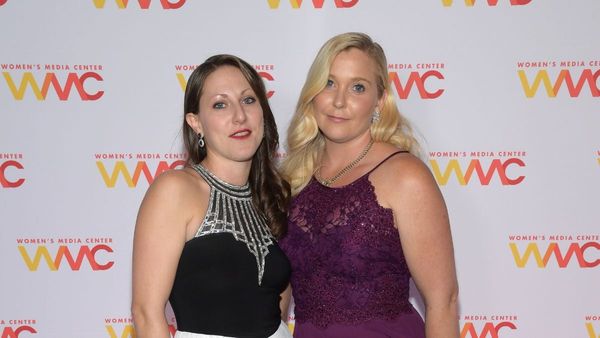Complex consumer electronics require seamless coordination across multiple engineering disciplines. Success depends not just on technical expertise but on the ability to align diverse teams toward shared goals.
Yet the challenge goes deeper than most realize. However, one man has learned how to find the perfect equilibrium in this arena—Michael Belhassen, a highly respected Product Design Engineer at the technological behemoth Apple.
How does he do it?
"I think my ability is that I can balance deep technical expertise with a broader perspective. I've learned to step back and consider the product holistically," he explains.
There is no doubt that Belhassen’s unique skills manifest in natural leadership qualities. He then translates these into practical ways that directly impact the outcomes of the projects he works on.
The impact of his expertise is tangible. Working with iPhone, he is perfectly placed to create long-lasting changes. And he has already done so, working on a leading product in consumer electronics which drives innovation.
The proof is in the fact the company’s competitors frequently emulate the processes and advances Belhassen has been involved in developing.
He's a mechanical engineer whose cross-functional expertise in product design enables breakthrough innovations. And more importantly, his ability to bridge technical disciplines demonstrates effective leadership.
Belhassen's approach to cross-disciplinary work is straightforward: "I interface with material scientists, automation specialists, and reliability engineers on a daily basis,” he says.
“I find that by learning from their expertise and integrating it with my knowledge, it can create a dynamic, collaborative environment that keeps me energized."
Building on this foundation, this French-born, London-raised engineer brings technical depth to complex product development challenges. Equally significant, he brings cross-functional leadership skills that set him apart in the industry.
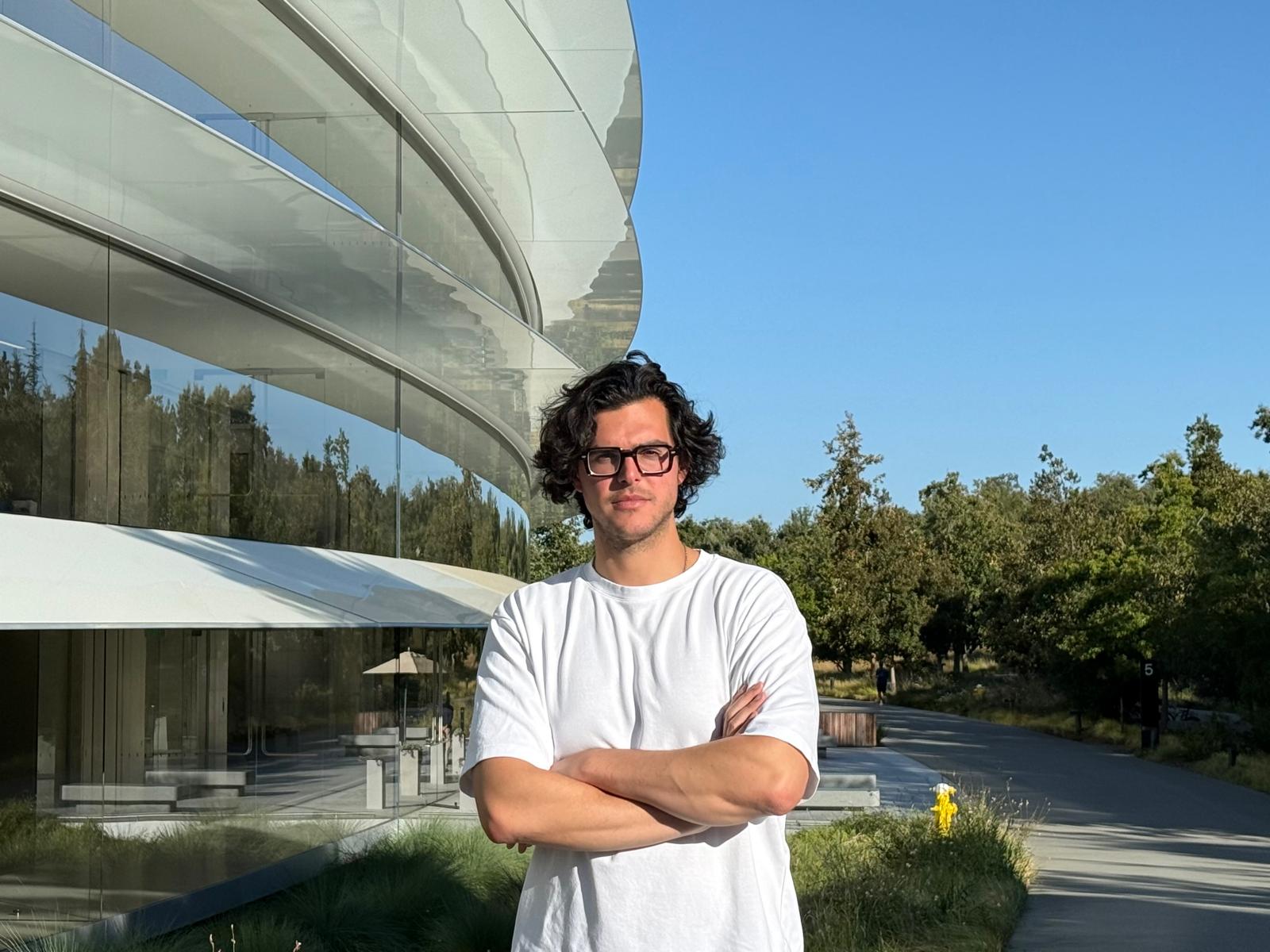
Academic Foundation in Cross-Disciplinary Innovation
To understand Belhassen's collaborative approach, we must first examine its origins. His methodology began during his academic work at Imperial College London, where he graduated with First Class Honors in 2021.
What made this work significant was that this academic foundation demonstrated his ability to integrate multiple disciplines. He combined materials science, manufacturing, and user experience into cohesive solutions.
This interdisciplinary thinking wasn't accidental: "My early fascination with how things work—dissecting products, understanding their mechanics—evolved into a drive to innovate in consumer electronics. It led me to study mechanical engineering, and the program was incredibly in-depth. That was how I managed to hone my technical foundation."
Belhassen's professional development involved cultivating leadership skills from an early age. He was taken on for an internship with Apple, and dug deep into the trenches from the outset: "I was deeply involved, not just as a 'kid doing grunt work,' but as a contributor leading meetings." he recalls
This experience enabled Belhassen to develop his ability to communicate complex technical concepts to diverse stakeholders and garner respect from his peers. The impact of this early foundation is evident in the recognition he receives today.
However, this attention to detail and hard work ethic was formed in his late teens. Tomer Cohen, a Senior Defence Industry Product Consultant, has known Belhassen for over 10 years. They first worked together when Cohen was a co-founder AT RideOn, an augmented reality startup aimed at enhancing performance in extreme sports through AR solutions, initially focused on skiing.
He recalls Belhassen quickly demonstrated his value through proactive initiatives and innovative thinking: “At just 17 years old, Michael demonstrated an exceptional ability to think innovatively and challenge assumptions.
“His ideas not only improved usability but also addressed real-world risks, showcasing his deep understanding of a user-centered approach.”
Citing one such example of Belhassen abilities Cohen details the work Belhassen carried out on the company’s evolvement of its AR ski goggles into a more advanced prototype: “Michael independently ordered a helmet from AliExpress and experimented with mounting our AR display for motorcycle use—originally, our focus was skiing, but his idea prompted us to expand into the motorcycle helmet market, broadening our product's potential applications.’
On the software side, Belhassen was just as proactive: “He suggested improvements to the graphical user interface (GUI), such as features to enhance safety by preventing user interaction while moving on slopes, allowing only passive viewing.”
Cohen adds: “Michael always gave 100% of his focus, no matter how busy he was, and he provided honest feedback infused with encouragement.
“He was and still is, generous with his time, kind in his approach, and incredibly supportive—always ready to help without expecting anything in return.”
Three Pillars of Cross-Functional Excellence
Belhassen's integrative leadership approach stems from three core aspects of his mechanical engineering philosophy: "First, I love the transition from concept to physical product. Taking an idea, like a new sensor or audio system, and turning it into a tangible device that millions use is magical," he explains.
Behind this seemingly simple statement lies complex orchestration. The challenges are significant, he reveals: "Convincing mechanical or software teams to align on a solution requires translating complex design concepts into a shared vision. This is something that I thrive on and love to dig into.”
The second pillar focuses on ownership and responsibility: "I enjoy the responsibility of owning critical components,’ he reveals.
Belhassen currently oversees the design and production of the iPhone's metal enclosure, which houses all its electrical components.
How does this translate to his work?
He explains: “Leading the development of this component means collaborating with experts in machining, injection molding, and mechanical reliability to ensure every circuit, antenna, and sensor performs optimally. That ownership drives me to push boundaries."
The third element to Belhassen’s approach completes his collaborative triangle: "Working with cross-disciplinary experts is incredibly rewarding,” he reveals.
“This goes into practice when my mechanical engineering work includes daily interfacing with material scientists. I also work with automation specialists and reliability engineers. The result is a dynamic, cooperative environment that keeps me energized and constantly learning.”
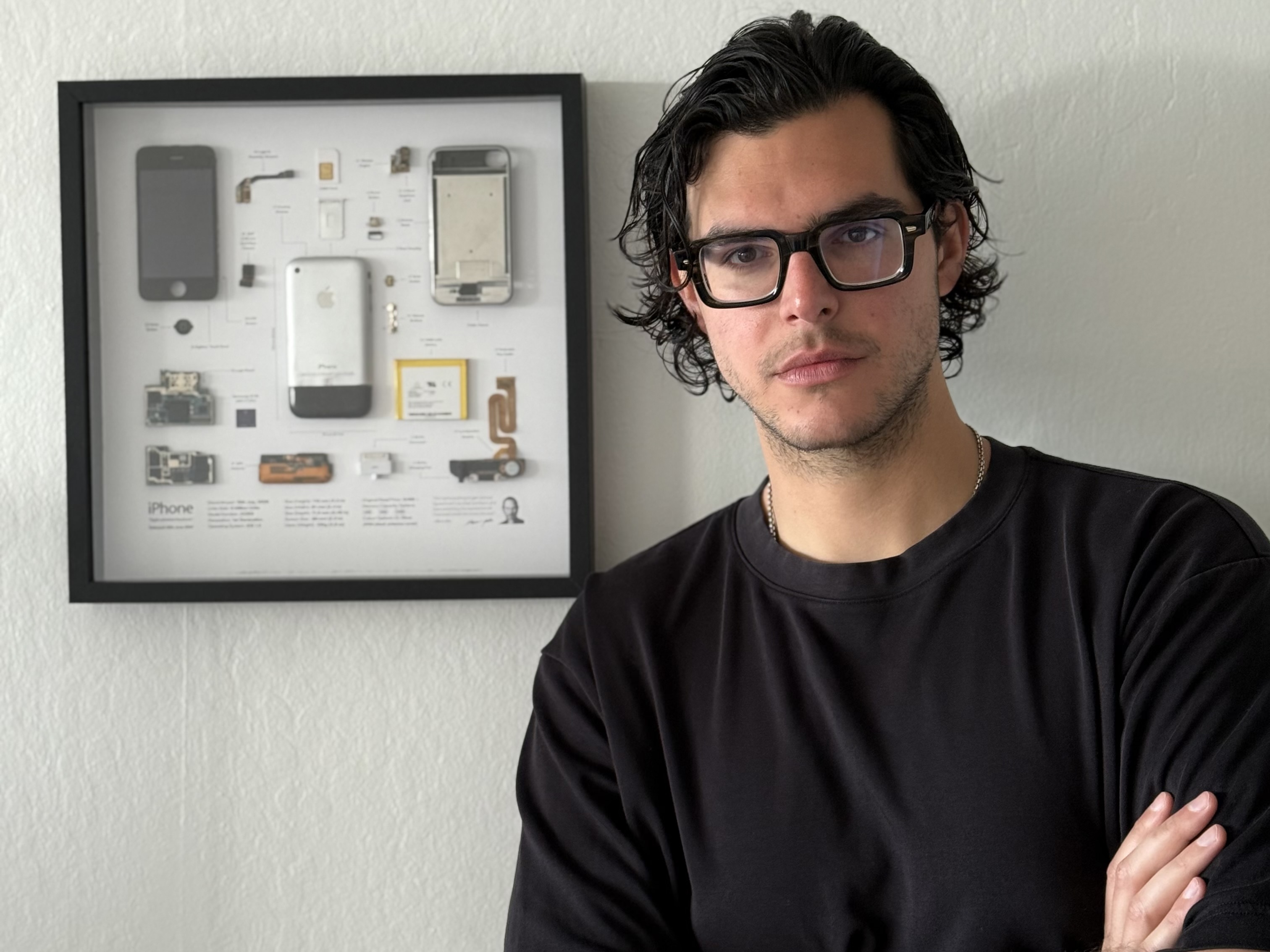
Mastering Complex Team Alignment
Belhassen's integrative approach proves essential during complex projects, as it requires him to navigate technical discussions while maintaining empathy, allowing him to see things from different perspectives.
The payoff is significant. He can bridge technical domains, which frequently leads Belhassen to arrive at breakthrough solutions with his team that individual expertise alone cannot achieve.
An example is his implementation of specific micro-molding techniques which have been designed with sustainability in mind.
Belhassen says: “As industry leaders, our focus on environmental impact has influenced others to adopt more sustainable practices, even when it’s not required. The whole team takes this seriously—we are in a position that can drive global change.”
The sustained nature of his collaborative relationships, which generate these kinds of results, demonstrates the profound impact of his leadership.
Saad Haq, a Senior Product Design Engineer, reflects on their extended collaboration. They started working together as interns at Apple: "During the internship, we worked weekends, trying to meet deadlines while also making the most of the opportunity. I was continuously impressed by Michael’s capabilities and work ethic. And of course, we wanted to maximize interactions with the people and resources around us. This is something he excelled at.”
Haq also recalls the support Belhassen has given him personally on work projects: “There was a time when I was working on a speaker design for a device. Michael had worked on a similar component the year prior, so I leaned on his experience.”
“He helped me anticipate potential issues—things that wouldn't necessarily show up in documentation but would surface during real-world testing."
This multi-year partnership illustrates how sustained collaboration creates institutional knowledge and accelerates innovation cycles.
Jag Dhillon, a Product Design Engineer, has also had a long-term working relationship with Belhassen.
He recalls a specific instance of their collaborative expertise: "I was working on a particularly difficult component that involved using a new material I wasn't very familiar with—something we hadn't covered much at my engineering school in Canada.
“I knew Michael had studied in England and had more advanced academic exposure to this material. So I reached out.
“He walked me through the unique limitations and design considerations that come with this material—things that wouldn't apply to more conventional options like aluminum or steel.”
Thanks to Belhassen’s guidance, Dhillon was able to finalize the design, which is now being mass-produced.
It is just another example of how Belhassen’s cross-functional knowledge sharing creates tangible business value.
Product Design Engineer Harlan Dannenberg also speaks highly of Belhassen’s management of integrative techniques and experience: “His skillset has been directly beneficial to me. He also shares his building and decision-making experiences with the broader team, given his more senior role,” he says.
Dannenberg adds: “This has been incredibly helpful and much appreciated. Another important aspect is his ability to break down processes and decision-making steps needed to resolve issues, so I know I can always turn to him with such questions.
“This openness extends outside of work as well, and he is very open-minded, which is crucial for learning new things at Apple.”
Belhassen says core principles anchor his methodology: "First, credibility—delivering results that speak louder than words,” he reveals.
“My French background makes me direct, so I focus on authentic, transparent feedback to drive progress. I also believe in teamwork and empathy—understanding others’ perspectives to align teams toward a common goal, especially in complex electrical engineering projects.”
He adds: “I also have a lot of respect for hard work—I value colleagues who go the extra mile, even if they’re not the most experienced, because that drive leads to breakthroughs.”
Belhassen also cites trust as being an incredibly important component: “I am proud to say I build genuine relationships by trusting peers’ expertise, which is essential in team-centered electrical engineering environments.
“I think it is also key to do this while embracing excellence—pushing for the highest standards in every circuit, component, and product we design."
Developing Future Engineering Leaders
Belhassen’s collaborative philosophy extends naturally into mentorship. He is committed to leadership development, and this is reflected in his participation as a mentor in comprehensive guidance programs: "At Apple, I'm part of the Buddy Program, a formal mentorship initiative where I've mentored three full-time employees and around 30-40 interns over the past couple of years."
He adds mentoring is a passion: “I believe in pushing others to reach their potential,’ he says.
“I'm direct but empathetic, ensuring mentees get constructive feedback to grow quickly. For instance, I've helped interns navigate complex design reviews, teaching them how to balance technical precision with practical constraints."
Belhassen's mentorship approach demonstrates how effective leadership can multiply its impact. It develops others' capabilities alongside project delivery, thereby creating a ripple effect of excellence.
Contributing to Innovation Communities
Belhassen's cooperative spirit extends well beyond his primary role. He actively participates in broader technology development initiatives: "I regularly participate in hackathons in San Francisco, which is a hub for tech innovation. For example, in one hackathon, I mentored a team developing a wearable sensor, advising them on power efficiency and signal processing to make their prototype viable. Judging these events lets me share my knowledge while staying connected to emerging technologies."
This commitment to knowledge sharing carries into his formal professional responsibilities. Belhassen's partnership-driven leadership extends to rigorous review processes. "While not published in academic journals due to Apple's confidentiality, these internal reviews are rigorous and critical to ensuring our products meet the highest standards."
This peer review demonstrates his commitment to team-centered excellence and reinforces continuous improvement across engineering teams.
User-Centered Leadership and Deeper Purpose
Ultimately, all this collaborative effort serves a higher purpose. Belhassen's leadership directly addresses user needs: "My work ensures that users get a reliable, high-performance device that enhances their daily lives without them noticing the complexity behind it." His mechanical engineering expertise enables solutions that enhance user experience. This represents a delicate balancing act that requires both technical precision and interpersonal finesse. The result is technology that works invisibly in users' hands—exactly as intended.
Understanding Belhassen's approach requires grasping his fundamental motivation. His drive extends beyond technical achievement: “My 'why' is the opportunity to improve people's lives through technology. Whether it's enabling a musician to record studio-quality audio with their iPhone or ensuring a phone remains reliable after a drop, my engineering work makes a tangible difference.
This purpose-driven approach shapes his long-term vision: "I'd like to be remembered as someone who cared deeply about both the technology and the people behind it. For my colleagues, I hope they see me as a hardworking and empathetic leader who has helped them achieve their best.
“On a broader scale, I aspire to change how we interact with devices. Achieving that in the next 10-20 years would be my proudest legacy."
